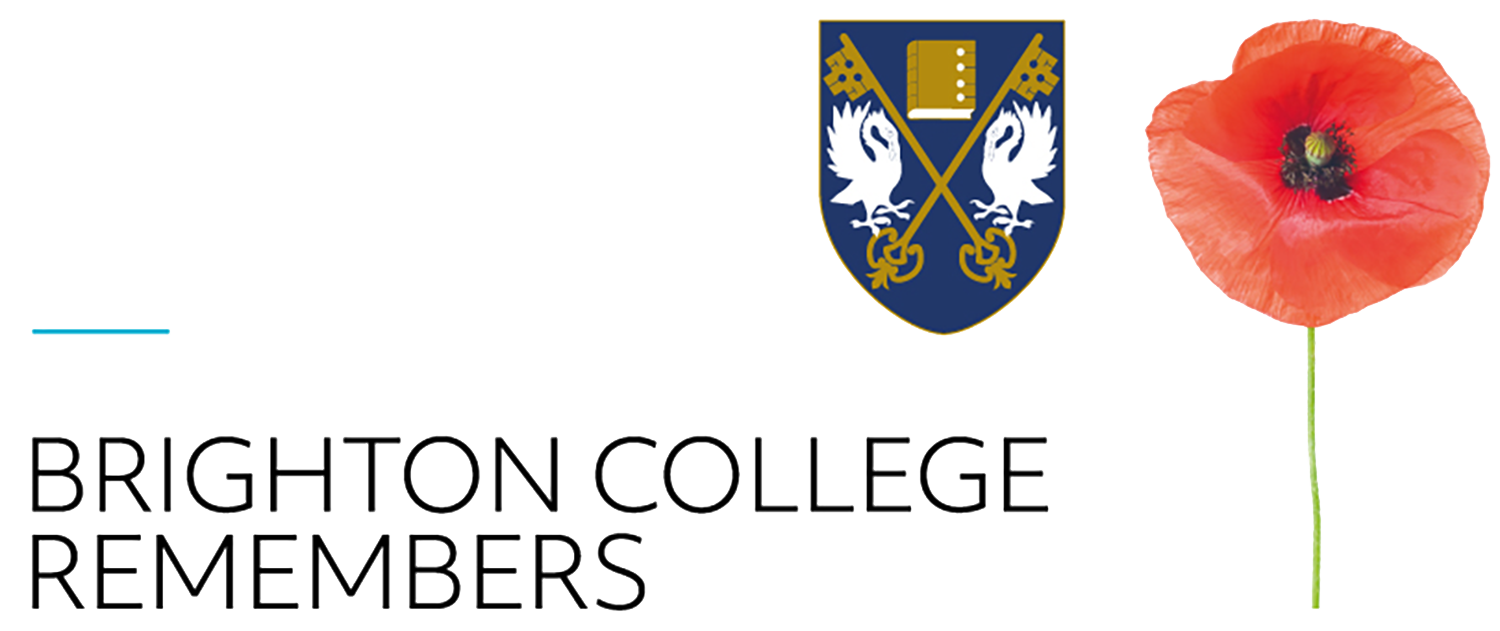Lieutenant, Royal Field Artillery
Born: February 18th 1892
Died: July 31st 1917
Age at Death: 25
Killed in action, France, 31st July 1917
Son of Mr Walter and Mrs Edith Wise (née Cartner) of of 'Crowhurst', Balcombe Road, Haywards Heath.
Grave reference: Canada Farm Cemetery Ii. E. 1., Belgium
In memory of Colin Wise who was sadly killed at the age of 25, sacrificing his future for the sake of others. The Baggott family.
"When you go home, tell them of us and say , for their tomorrow we gave our today". The bergwerf family.
A donation has been made to the memorial statue in honour of this solider by Jake Thomas, Ryle House.
Obituary Brightonian XV December, 1917
C.W. Wise entered Hampden House, in September, 1906, and left the College in June, 1909. He was in the H.A.C. when war broke out. After serving on the East Coast for some months, he sailed for Egypt in 1915. In Egypt he was sent to a school of instruction, and was commissioned in November, 1915. In January, 1916, he left for Macedonia, and he was on the Bulgarian front in the Struma Valley until July, when his horse fell on him and broke his ankle. He was invalided to Malta, and finally to England, where he left for France in February, 1917. He was sitting in a trench with several other officers of the Battery, when a shell burst in their midst and killed them all.
2nd Lieutenant Colin Walter Wise
Colin Wise was born on 18th February 1892 in Balcombe Road, Cuckfield, Sussex. He was the second son and third child of Walter Wise and his wife Edith (née Cartner). After being educated at Brighton College he was employed as a clerk by the Royal Mail Steam Company and latterly by AM Rothschild. In February 1910 he enlisted in the HAC, part of the newly formed territorial force, eventually rising to Sergeant.
On the outbreak of war he was mobilised but in common with all territorials was initially kept at home for Home Service. However, the following year he saw service with the 74th Brigade Royal Field Artillery in Egypt and Macedonia and received a temporary commission in March 1916. In July 1916 he was severely injured in a riding accident and, having also contracted Malaria in hospital, was invalided home to Britain. He returned to active service, now in France, in January 1917 and was mentioned in despatches during Spring 1917. He was killed by enemy shellfire on July 31st 1917, the first day of the Third Battle of Ypres (Passchendaele), following a direct hit on his dugout.
His grave is in Canada Farm Cemetery, Ypres, Belgium.
Source: LEST WE FORGET PROJECT, Brighton College 2014/15

